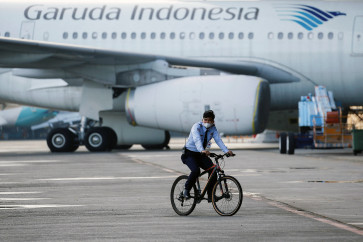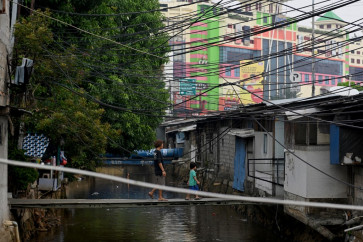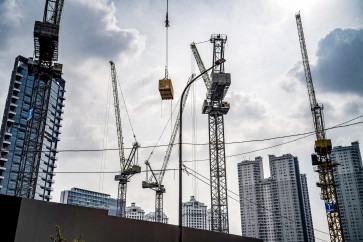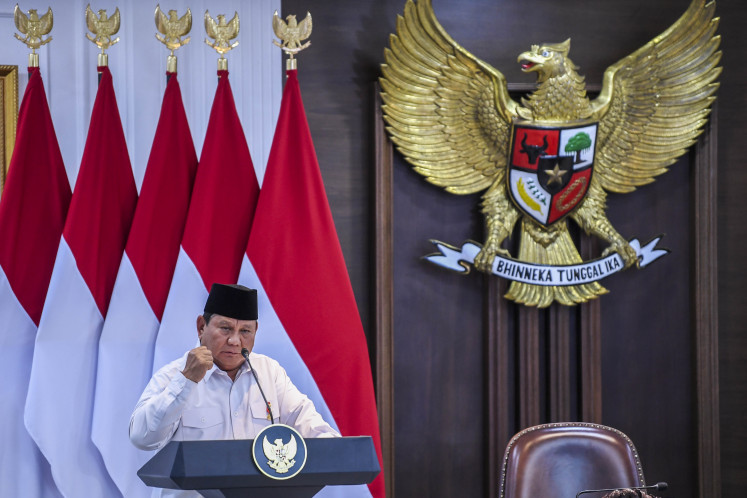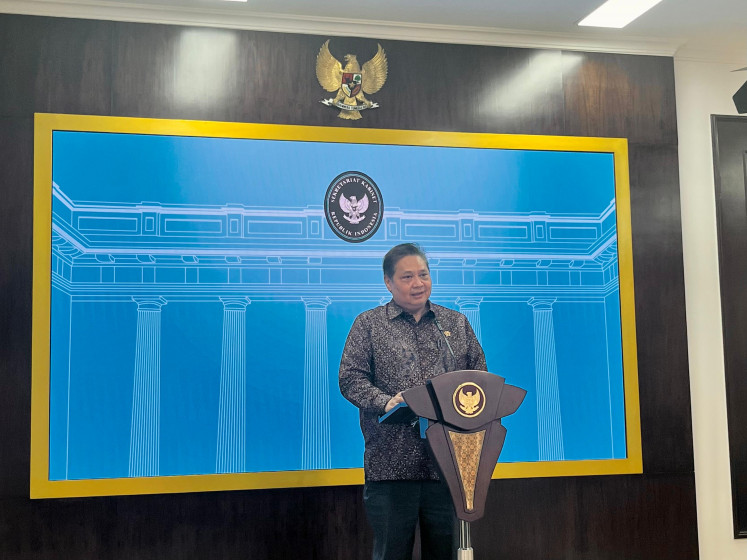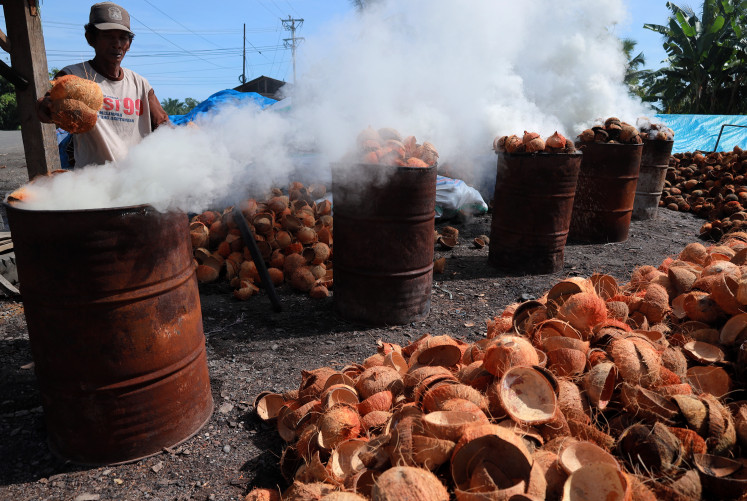BRTI wants LTE technology to start in certain business districts
The Indonesian Telecommunications Regulation Body (BRTI) has proposed that the government allow the use of long-term evaluation (LTE) technology in certain business districts so that telecommunication operators can make a return on investment in a reasonable time
Change text size
Gift Premium Articles
to Anyone

T
he Indonesian Telecommunications Regulation Body (BRTI) has proposed that the government allow the use of long-term evaluation (LTE) technology in certain business districts so that telecommunication operators can make a return on investment in a reasonable time.
BRTI member Riant Nugroho said Tuesday that his association had submitted a white paper to the Communications and Information Ministry, stating that LTE technology should first be applied in business districts to facilitate business transactions so that telecommunications operators could impose higher rates for the service.
One of main challenges in the implementation of LTE technology in the country was that there was no guarantee of a return on investment for telecommunication operators willing to provide the network, better known as 4G, he said.
'Even six years after the inception of the 3G network, most telecommunication operators providing the service have not had a return on investment yet,' Riant said, adding that most operators had lowered their data services tariff.
Hasnul Suhaimi, CEO of telecommunication operator PT XL Axiata, said his firm incurred a 10 percent loss on each gigabyte provided to customers.
Riant said that by applying the LTE network in business districts, operators could expect a return on investment in a reasonable time.
'What's in our white paper is that operators, in collaboration with vendors, may first deploy frequency-division LTE [LTE-FDD] in a handful of business areas in Jakarta, namely Mega Kuningan, the Sudirman CBD, the Sudirman and Thamrin areas and Pondok Indah,' he said.
LTE FDD is a 4G network for mobile broadband that enables people to access the Internet through mobile devices at a faster speed.
Ryan said the ministry previously aimed to deploy LTE technology by year-end, but there had been no sign of any progress.
Huawei Indonesia's general manager, Mohamad Rosidi, said that Indonesia was still at the crossroads to moving to 4G.
'In a global trend, a country that is ready to implement LTE usually has a smartphone penetration of above 30 percent, while Indonesia's smartphone penetration is 10 to 30 percent,' he said.
Indonesian Telematics Society (Mastel) chairman Setyanto P. Santosa said the country needed to expand its 3G network coverage first before moving to an LTE network.
'The 3G network coverage currently stands at only 30 percent. To prepare for 4G, operators have to migrate the 2G network to the 3G network,' he said.
Issues around frequency spectrum have also become a hurdle to deploying an LTE network, he said.
'All parties, including the government and operators, have to discuss it together,' he said.
The government has yet to decide which frequency spectrum will be used for the LTE network despite several parties already being granted 4G operating licenses on the 2.3 GHz-frequency.
'According to a number of experts, a frequency spectrum of between 1.8 GHz and 1.9 GHz will be the most efficient frequency for the 4G network,' Riant said.

